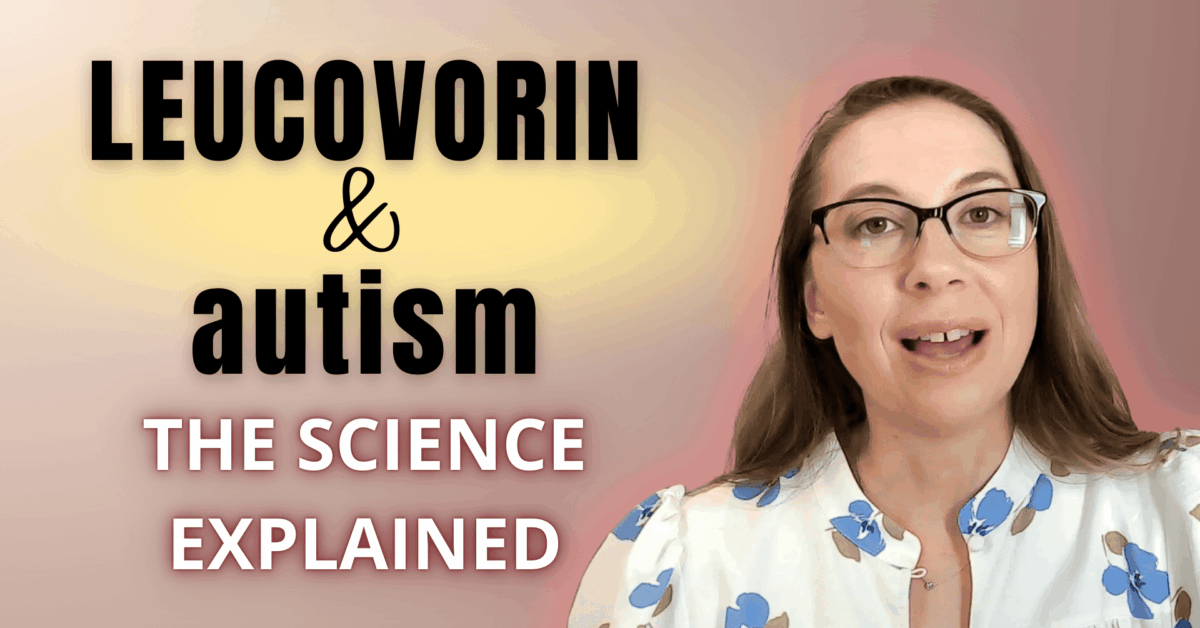Meltdown or tantrum? The number one mistake new autism parents make.
Maybe you’ve thought, “It looked like a tantrum, but it wasn’t. And how I responded made it worse.”
If you’re new to autism or still waiting for a diagnosis, you’re probably trying to decode your child’s behavior. And one of the biggest questions I hear from parents is, “Was that a tantrum or was it an autistic meltdown?” They can look the same, but they’re completely different under the surface. And the way you respond totally matters. Let’s break it down so you don’t make the same mistake I did.
Tantrums
Okay, let’s start with tantrums. Tantrums are usually about getting something, so a toy, a snack, or screen time. And if they get what they want, the tantrum often stops. A lot of times, pretty quickly, too. So tantrums, they’re goal-directed. They’re controlled, maybe even dramatic. Kids may look out of control, but they’re often still in control.
Meltdowns
Now, a meltdown, completely different story. Meltdowns are not about getting something. They happen when your child’s brain says, “I am overwhelmed.” It’s either maybe too much noise, too many lights, too many expectations, too fast a transition, too much fun, too much love, even. A meltdown is a neurological crash. It’s the nervous system going offline. It’s involuntary, it’s uncontrollable. When it starts, you can’t really stop it in the middle. It’s not your child being manipulative.
How to tell the difference
Tantrum often stops if they get what they want. It may change if no one’s watching, and they still have some control over their behavior. Whereas a meltdown doesn’t even stop even if you give them what they asked for. And it may involve self-injury, so they might really start hurting themselves, screaming, or going completely silent.
Meltdowns need recovery time. It often leaves your child completely wiped out, and the parents are usually wiped out, too.
What to do in a meltdown
I do have lots of videos about them because they’re a really big part of autism. But let me just summarize here.
- Don’t take it personally. Do not take it personally. It is sometimes hard, but don’t take it personally.
- Remove the stimuli, right? So if it is too loud or too much light or something, try and go to a quiet space, a private space, if possible. I know that doesn’t always work, but if you have the option to go somewhere else, take it.
- Don’t talk too much. So their brain is getting overwhelmed with too much stimulus. Now is not the time to have some type of lesson or talking or tell me this. Just be with them.
- Keep them safe, but you also have to keep yourself safe. So these meltdowns can turn into very violent and dangerous situations very quickly. So you always want to keep your safety in mind and your child’s safety in mind.
- And let them come back when they’re ready. Don’t try and hurry up that recovery phase.
- And also, you’re going to have to give yourself time to recharge. Meltdowns are rough for both the child and the parent.
What to do in a tantrum
Now, if it’s a tantrum,
- stay calm,
- hold your boundary, and
- Let them move through their emotions without giving in. Otherwise, if you give in, you have just taught them that whenever they want something, to do X, and you will give them Y.
Here’s the truth. Mislabeling a meltdown as a tantrum can hurt your child and also hurt your connection with them. But learning the difference, it’s a game changer, and you don’t have to learn it alone.
At Navigating AWEtism, we help parents like you understand what’s really going on, how it could be related to your child’s health, and also how to respond with clarity and confidence. If you’re interested in working with us, click this link.




